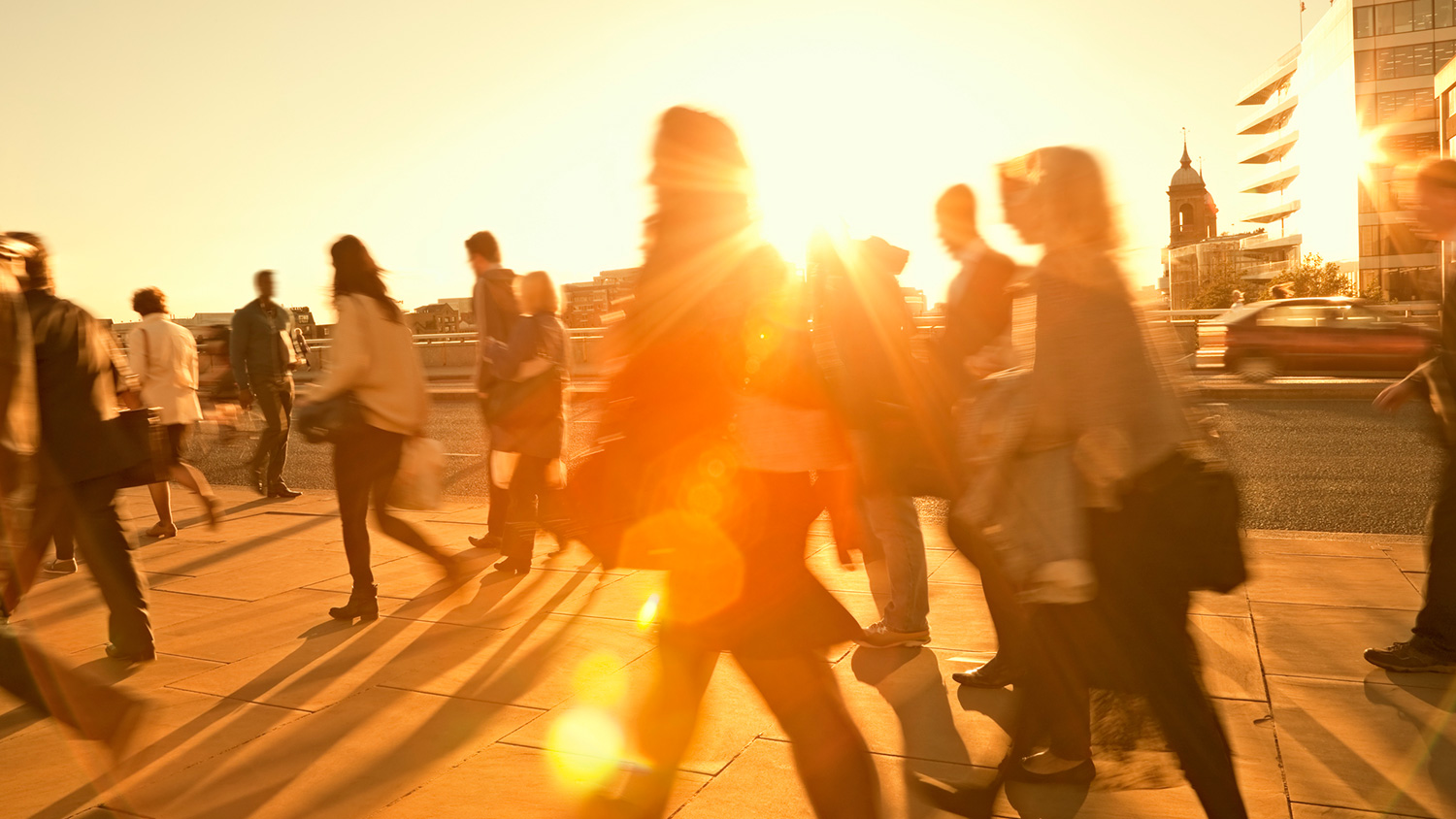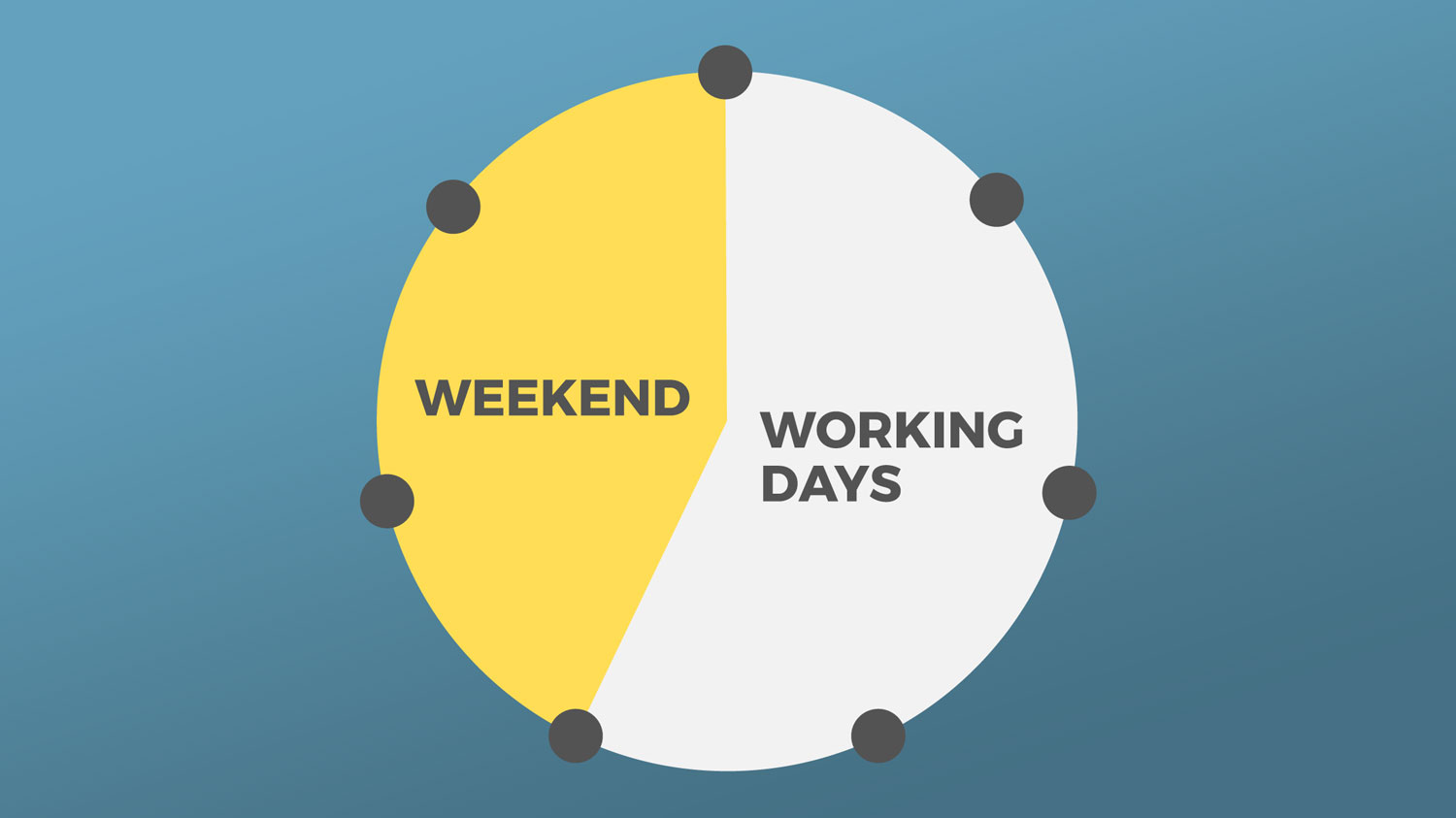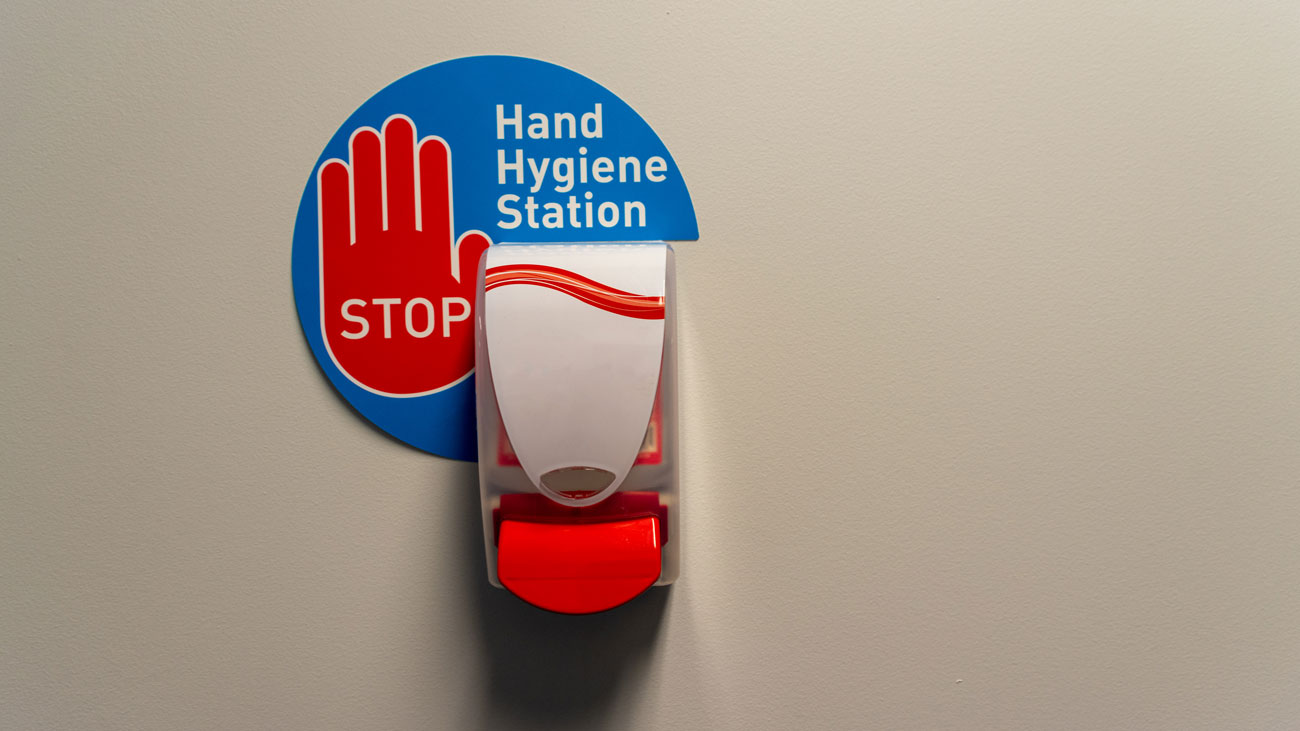
Employers urged to consider commutes when deciding whether to reopen
Organisations have been urged to consider how their employees commute to work when deciding to reopen workplaces, as images emerge of workers packed on to tubes and buses.
With the government's more relaxed lockdown rules coming into effect in England, many workers unable to work from home are starting to come back into their workplaces. However, despite the guidance that workers should avoid using public transport where possible, and instead walk, cycle or drive to their places of work, scenes have emerged of commuters in London on overcrowded tubes, trains and buses.
Any decision about whether workers should return to work should factor in each individual’s commute and ability to arrive at work safely, said Rachel Suff, senior policy adviser at the CIPD. Despite the government guidance, many people simply don’t have a car or a bike and rely on public transport to get to and from work, she said.
“Public transport can become congested, particularly during peak rush hours, making it very difficult to maintain physical distancing from other commuters. Many employees are therefore likely to have genuine concerns about using public transport, especially as government advice says to avoid it.
“Every employee should have the opportunity to discuss any concerns about their commute with their manager as part of the return-to-work process, which should take place in advance of the day that individual is expected to return.”
Guidance issued by the government last week warned that commuters looking to use public transport needed to be prepared to queue.
“Even with public transport reverting to full service, once you take into account the two-metre social distancing rule, there would only be effective capacity for… just a tenth of the old capacity,” said transport secretary Grant Shapps.
As well as the usual advice on social distancing, commuters who had no choice but to make trips via public transport have been told to try and avoid peak travel times, attempt to travel on less busy routes – walking further to make use of quieter bus or tube stops if necessary – and to make as few changes as possible. The government has also asked people using public transport to wear non-medical face masks.
In terms of the employer’s role, advice published on 12 May said workers should still work from home wherever possible. But where employees must come into work, organisations should consider allowing flexible working or stagger shift patterns to help them avoid rush hours.
Employers could also help by encouraging their workforce to take alternative means of transport to work by making cycle-to-work loan schemes available, providing bicycle storage and making changing rooms available on site, the guidance said.
However, the increased number of people already taking public transport has caused concerns among workers groups. The RMT – which represents transport workers – has already said rail services may have to be stopped to protect both those working on the trains as well as passengers, if social distancing cannot be implemented.
Speaking to Sky News, RMT general secretary Mick Cash said:
“We’ve been running trains and bus services through this crisis and have been facing problems with much-reduced services. Our members have been very worried about how passengers are congregating on the trains and buses and the impact that this is going to have.”
Union Unite has also called for the introduction of maximum capacity rules on public transport, arguing that the current guidance lacked clarity.
“If the government is serious about ensuring that social distancing is maintained there must be strict rules on maximum capacity,” said Bobby Morton, Unite national officer for passenger transport.
This article was originally published by People Management and is reproduced with kind permission.







